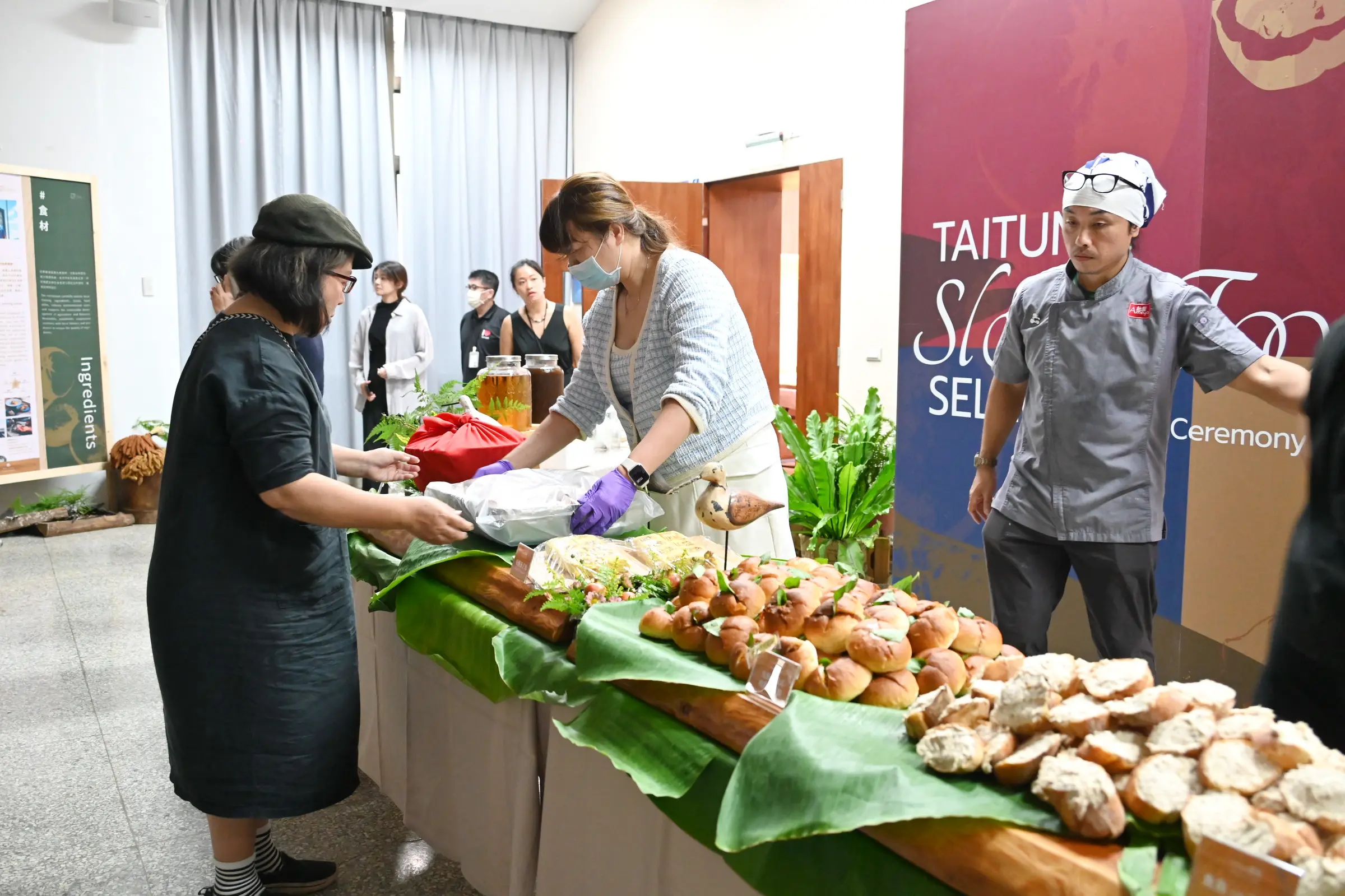
(Photo credit: @ulivelivek)
In Taitung, a land rich in resources, millet is not just a crop; it is a vital symbol that carries the cultural memory and spirit of the indigenous peoples. From Xinxing Tribal Village in Jinfeng Township to Kanting Village in Guanshan, one can often see the diligent work in millet fields, a testament to the deep connection between the indigenous communities and the land.

(Photo credit: @ulivelivek)
In the indigenous villages of Taitung, traditional millet farming embodies unique ecological wisdom. Take the Paiwan people of the Dazhu River Basin as an example: they do not rely on the modern farming calendar, but instead observe changes in nature to determine the farming schedule. When the fruits of the soapberry tree fall, it signals the time to prepare the land for burning and clearing. When the flowers of the Styrax formosana tree bloom, it’s time to sow the seeds—this process must be finished within the month-long flowering period. When the local variety of the Rubus bramble bears red berries, it indicates that the rainy season is near, and the millet begins to ripen. Finally, when the fruit of the Hiptage benghalensis spins to the ground, it heralds the harvest season, celebrated with a millet harvest festival to honor the bounty of nature.

Warrior dance performed by the Tuban Brave Team in front of the traditional leader’s house of the Saljingusan family (Photo by Xiao Zhongting)
(Photo credit: @go.where77)
In Daren Township’s Tuban Tribal Village, the indigenous people continue to uphold traditional farming wisdom. They emphasize a planting method that harmonizes with nature. After the millet harvest, they plant legumes such as August beans and cowpeas, using their nitrogen-fixing properties to replenish the soil, preparing it for the next season’s millet planting. In the village of Kanding in Guanshan, the Bunun people’s “Kaiana Workshop” has become an important base for the transmission of millet culture. Not only does it preserve various types of millet, but it also integrates rural regeneration projects with the development of the community. The annual millet harvest is not focused on quantity, but rather on the quality of the crop. The process of expanding from two-tenths of a hectare to three hectares has united the entire village and brought their efforts together.

(Photo credit: @taiuangirls)
However, the transmission of millet culture faces significant challenges. In 2022, the total area of millet cultivation in Taiwan had decreased to just 91 hectares, and millet from the tribes, due to its higher production costs, was priced at 600 NTD per kilogram, far above the cost of imported millet. In response to this predicament, the Taitung County Government has teamed up with local organizations to support the preservation and revitalization of local millet culture. One such initiative includes supporting 12 elementary and middle schools in the area to promote millet-based agricultural education. Through this program, students are given the opportunity to taste tribal millet as part of their Thursday school lunches, fostering a sense of recognition and connection to this cultural heritage in the new generation.

In recent years, the Taitung County Government has also been actively promoting millet culture on the international stage through the Slow Food movement. In the 2024 Taitung Slow Food Report, several local restaurants showcased innovative ways of interpreting millet dishes, highlighting the infinite possibilities of local ingredients. Among them, M’Loma Restaurant received a two-star recognition for successfully blending traditional indigenous culinary culture with modern cooking techniques. Bintuhan at the Vakangan Hot Spring Park was awarded the “Rising Star” honor for its innovative approach to Bunun tribal cuisine, further contributing to the global appreciation of Taitung’s rich culinary heritage.

In terms of international exchange, Taitung sent seven representative teams to participate in the 2024 Slow Food Terra Madre – Salone Del Gusto in Turin, Italy, showcasing Taitung’s unique millet culture to the world. These representatives not only demonstrated the diverse ways millet can be used in cooking but also engaged in exhibitions and exchanges, allowing the international community to learn about the dietary wisdom of Taiwan’s indigenous peoples. In Taitung, every grain of millet carries the wisdom of ancestors and a deep connection to the land. Through the promotion of the Slow Food movement, this cultural heritage is not only preserved but also revitalized, displaying a new vitality in the modern era. It highlights a beautiful vision where traditional wisdom and modern innovation coexist and flourish together.

Learn more about and experience Austronesian culture.




